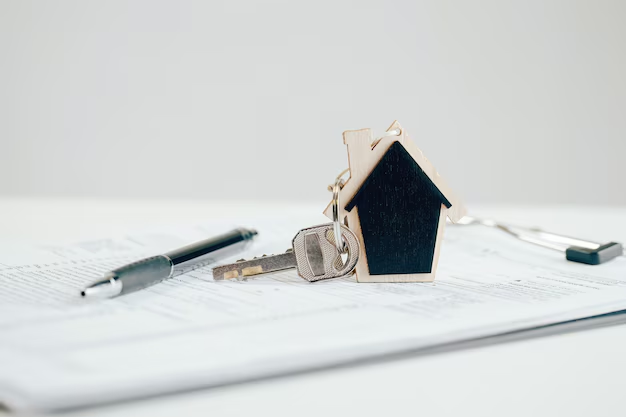Understanding HUD Homes for Rent: What You Need to Know
Finding affordable housing can be a daunting task, especially in today’s competitive rental market. That's where HUD homes for rent come into play. The U.S. Department of Housing and Urban Development (HUD) offers a variety of housing solutions aimed at providing safe, affordable homes for people with low incomes. In this article, we’ll explore what HUD homes are, how you can rent one, and other financial assistance programs that can help you manage housing costs.
What Are HUD Homes?
HUD homes are residential properties acquired by HUD as a result of foreclosure on an FHA-insured mortgage. HUD now owns these homes and offers them for sale or rent to help stimulate affordable housing and community revitalization. While most HUD homes are available for purchase, some are allocated for rental, targeting individuals and families who need financial assistance.
Renting a HUD Home
Renting a HUD home is not as straightforward as traditional renting; instead, it's embedded in programs designed to assist low-income individuals and families:
Section 8 Housing Choice Vouchers: This allows tenants to choose their rental home, paying a portion of their income towards rent while the program covers the remainder. These vouchers can be used in HUD properties, making it a versatile option for many families.
Public Housing: Operated by local housing authorities, public housing provides a variety of rental housing units for low-income families, the elderly, and persons with disabilities.
To qualify for these programs, you need to meet specific income and eligibility criteria determined by local Public Housing Agencies (PHA). It's crucial to contact your local PHA to understand the specific requirements and application procedures in your area.
The Application Process
- Find a Local PHA: To start, identify and contact your local Public Housing Agency.
- Determine Eligibility: Provide income documentation and other necessary information to establish eligibility.
- Join the Waiting List: Many programs operate with waiting lists, so patience may be required.
- Selection and Move-In: Once chosen, you'll complete the necessary paperwork and, if eligible, move into your new home.
Additional Financial Assistance Programs
Besides HUD housing, several other programs are available to support those in need of affordable housing:
Government Aid Programs
Emergency Rental Assistance Programs: Designed to help households unable to pay rent or utilities due to the COVID-19 pandemic.
LIHEAP (Low Income Home Energy Assistance Program): Assists with energy bills, helping families keep their homes warm in the winter and cool in the summer.
Financial Assistance and Debt Relief
Credit Counseling Services: These non-profit organizations provide guidance on managing finances and debts, often for free or a minimal fee.
Debt Relief Options: Consider consolidating or refinancing debts, especially in dire financial situations.
Education and Employment
Educational Grants: Programs like the Federal Pell Grant can help individuals increase their earning potential through education and training.
Job Training Programs: Offered through workforce development centers to help improve skills and job prospects.
HUD homes for rent can serve as a vital resource for those looking to secure affordable housing, but it's just one piece of the broader safety net. By tapping into a variety of financial assistance programs, you can stabilize your current situation and work towards a more secure financial future.
💡 Explore These Resources:
- 🏠 Section 8 Housing Vouchers: Rent assistance for low-income families.
- 🌡️ LIHEAP: Energy cost assistance.
- 📚 Pell Grants: Help fund education.
- 💼 Job Training Programs: Boost employment opportunities.
- 🏦 Credit Counseling: Manage and reduce debt effectively.
Navigating financial concerns can be challenging, but understanding and utilizing these resources can make a tangible difference in your housing stability and overall financial health.
